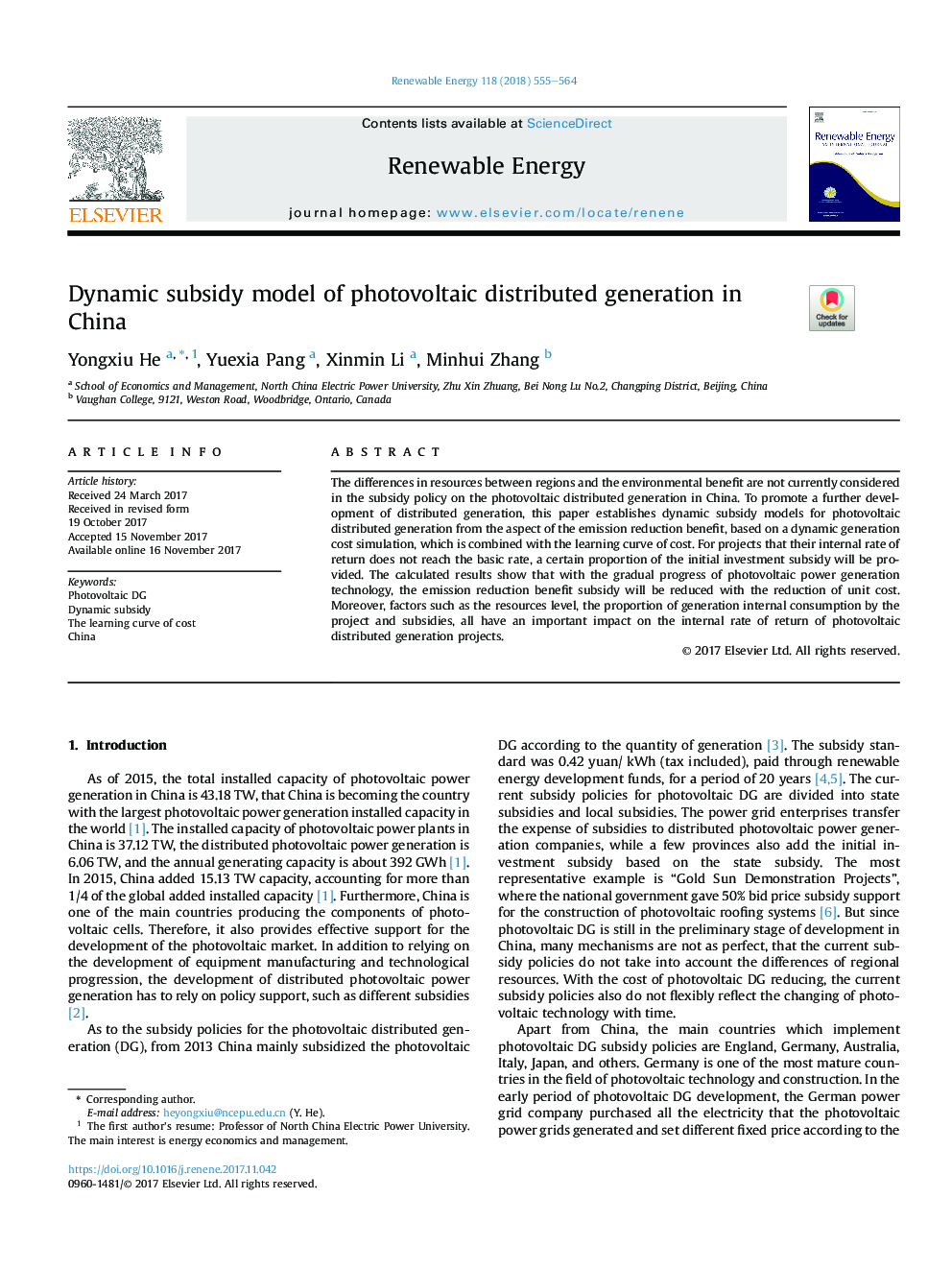| Article ID | Journal | Published Year | Pages | File Type |
|---|---|---|---|---|
| 6765068 | Renewable Energy | 2018 | 10 Pages |
Abstract
The differences in resources between regions and the environmental benefit are not currently considered in the subsidy policy on the photovoltaic distributed generation in China. To promote a further development of distributed generation, this paper establishes dynamic subsidy models for photovoltaic distributed generation from the aspect of the emission reduction benefit, based on a dynamic generation cost simulation, which is combined with the learning curve of cost. For projects that their internal rate of return does not reach the basic rate, a certain proportion of the initial investment subsidy will be provided. The calculated results show that with the gradual progress of photovoltaic power generation technology, the emission reduction benefit subsidy will be reduced with the reduction of unit cost. Moreover, factors such as the resources level, the proportion of generation internal consumption by the project and subsidies, all have an important impact on the internal rate of return of photovoltaic distributed generation projects.
Keywords
Related Topics
Physical Sciences and Engineering
Energy
Renewable Energy, Sustainability and the Environment
Authors
Yongxiu He, Yuexia Pang, Xinmin Li, Minhui Zhang,
